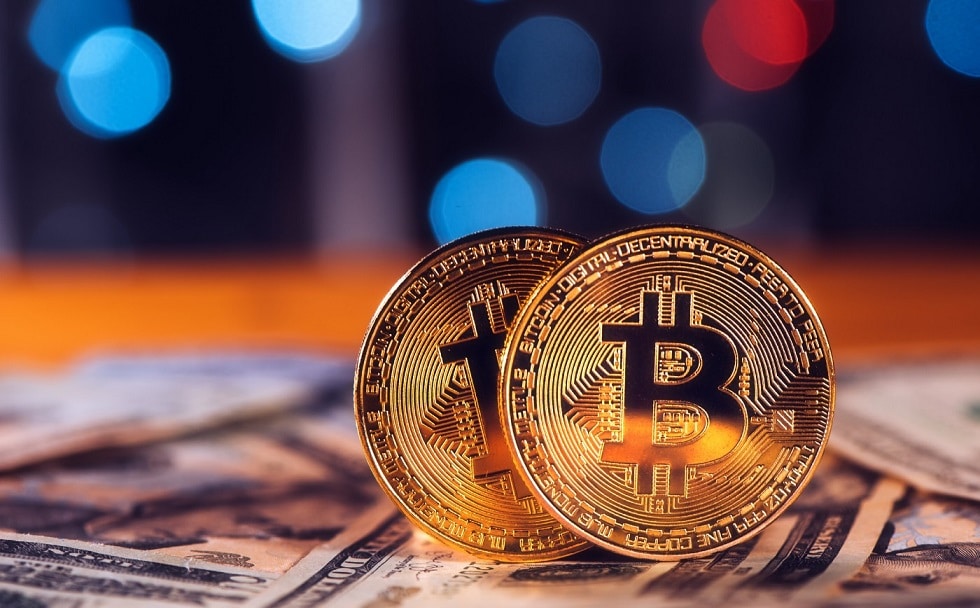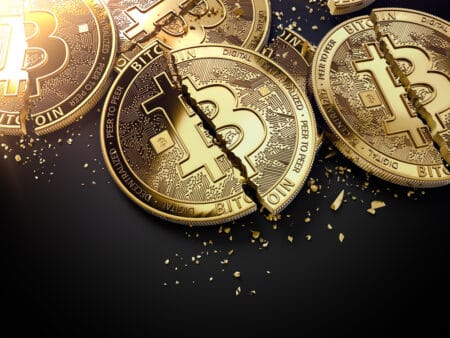The crypto industry is a new addition to the financial market. This industry has become so attractive as it contains many existing features and opportunities to make money using different methods. So no wonder that developers, traders, investors, and participants from many other sectors are constantly crowding in this marketplace.
This article contains information about the value-gaining procedures of cryptocurrencies. However, it is mandatory for any participant in this marketplace to know how the value increases or decreases. When you know these indicators about gaining value, it will help you to sort out the best potent cryptocurrencies.
Understanding the crypto assets
Cryptocurrencies are digital payment methods, and the marketplace is quite volatile. So dramatic price fluctuations occur over particular periods relative to many affecting factors. This relationship between crypto-assets and value is similar to fiat currencies and variables such as inflation policies, supply and demand concepts, etc. As cryptocurrencies are digital assets with different features, the most common affecting factors of value change are:
- Supply and demand
- Availability on exchanges
- Production costs
- Governance
- Competition and utilities
Supply and demand
Supply and demand are core affecting factors for any financial asset. When the demand surpasses the supply, it triggers the price to increase. For example, crops don’t grow as expected when drought occurs and production costs increase. The same principle applies to crypto-assets too.
The supply is always known for many crypto assets such as Bitcoin with a fixed maximum supply amount. On the other hand, cryptocurrencies like Ethereum have no maximum supply data or no cap on supply. Some cryptocurrencies have a mechanism of “burning” existing tokens to slow inflation and prevent too large a circulating supply. Burning a crypto coin refers to sending them to an unrecoverable blockchain address — meanwhile, several factors like limiting supply or broader adoption.
For example, institutions start buying and holding Bitcoin dramatically in early 2021 as the maximum supply is fixed. So it undoubtedly triggers the price to reach the highest peak as more investors are interested in keeping this crypto asset in possession. Again, many Defi projects can launch at the Ethereum Blockchain. This feature makes this project more attractive and demandable to participants of the crypto industry, triggers increasing demand for Ether, and the price reaches the highest peak.
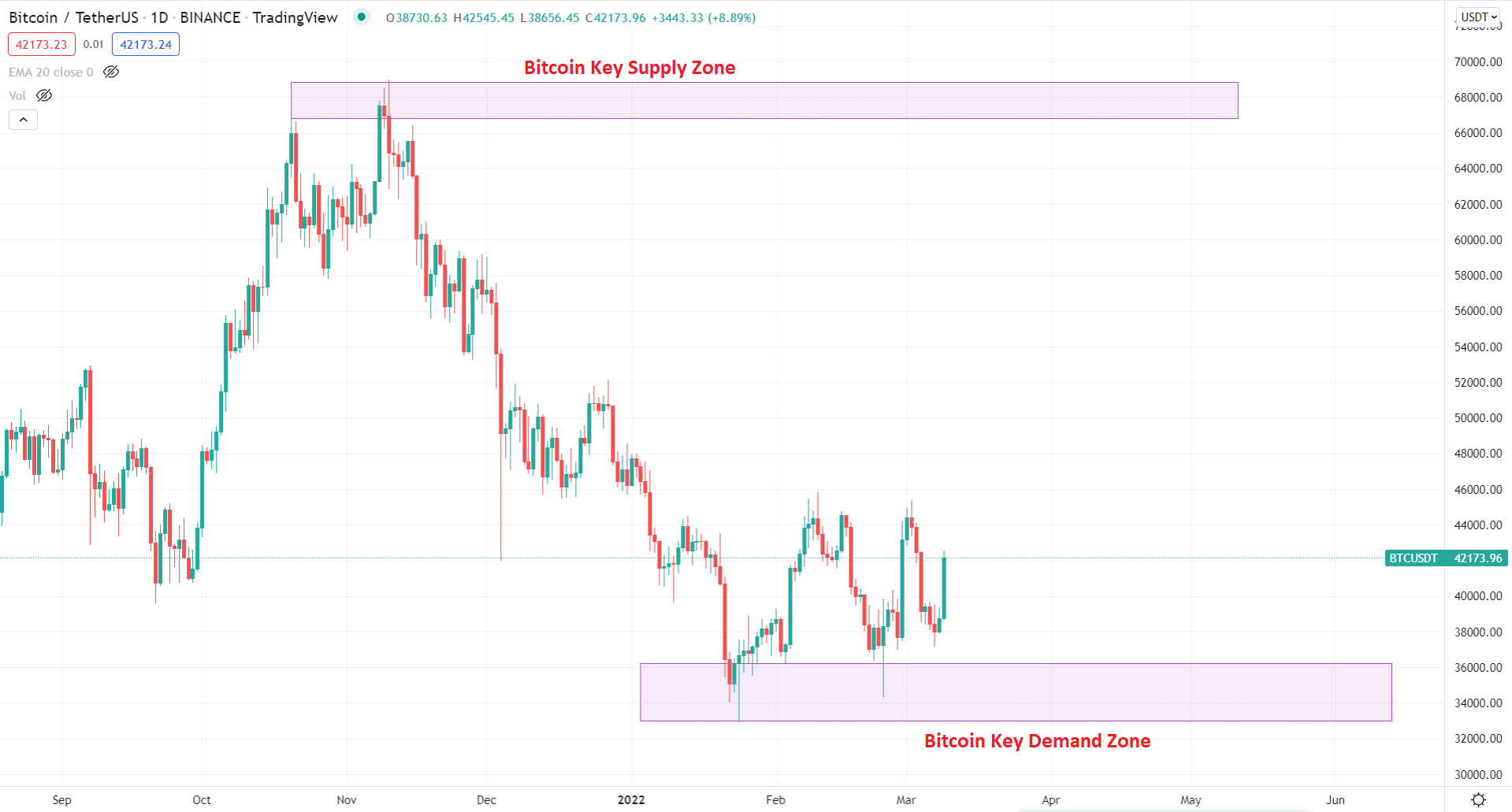
The above image shows how supply and demand zones are present in the price chart. Usually, it is the last opposite candle before making a structured break.
Availability on exchanges
Cryptocurrency exchanges are mediums or platforms that allow individuals to buy/sell or exchange crypto assets like stockbrokers. It provides tools and services to trade or invest in cryptocurrencies. Many mainstream crypto coins like BTC, ETH, etc., are available on most crypto exchange platforms. Meanwhile, smaller or unpopular tokens are available on specific crypto exchange platforms.
The best crypto exchange platforms offer the best rates, user-friendly interface, and more accessible functionalities to buy/sell cryptocurrencies — moreover, more popular crypto exchange platforms with considerable liquidity and volume. So the price offering in these exchanges platforms is more appropriate and relatively involves less slippage due to significant liquidity and volume.
When choosing the best crypto exchange platform, it is mandatory to check the price offering, supported crypto coins, security, offering tools, interfaces, deposit/withdrawal options, etc.
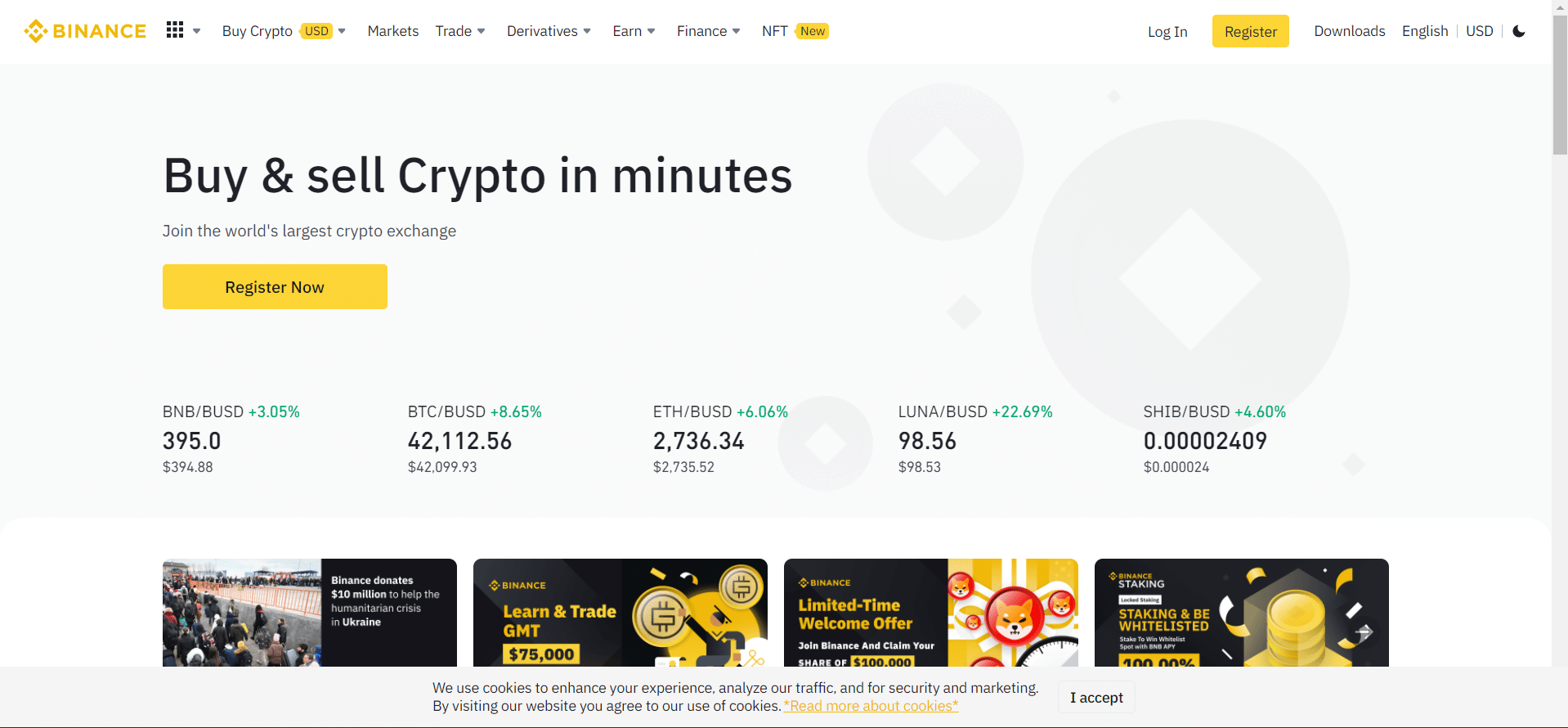
Production costs
Production cost is another vital factor that affects the value of any crypto asset. Mining is the production procedure of crypto assets, and it involves verifying the next block of the Blockchain using computers. Then the Blockchain protocol rewards miners with tokens. Moreover, Blockchain protocols share exchange fees with miners from exchange parties.
The whole process consumes a significant amount of computer energy. Investors invest in mining equipment and electricity to generate income, and it is competitive to mining PoS systems like BTC or ETH. In these Blockchain protocols, mining is complex as miners reach each other to solve mathematical problems. So miners invest in more powerful equipment to solve complex math problems when verifying a book. So no wonder that the price of crypto increases with growing production costs. In addition, miners are a significant part of keeping the blockchain more functional, so the demand increases and triggers the price.
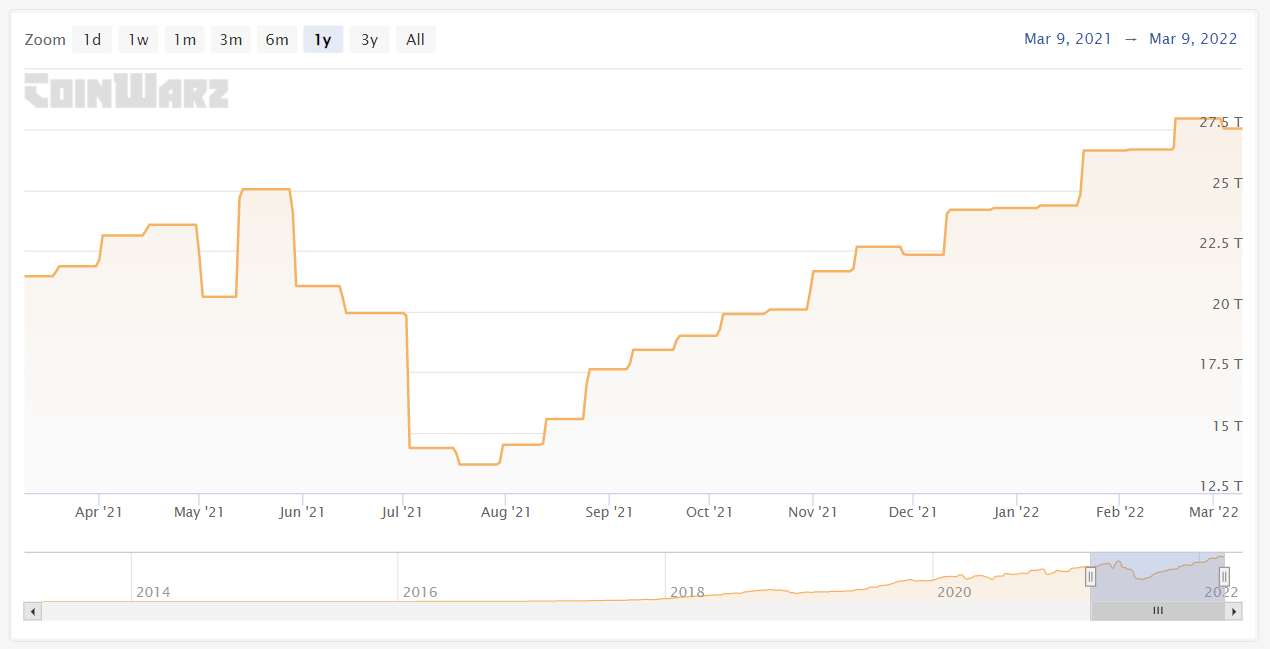
The above image shows the mining difficulty for Bitcoin where the increase in the value means people have struggled to solve blockchain problems. The mining difficulty increases with the involvement of miners in the system. It will also work as a price driver for the crypto coin.
Governance
Cryptocurrencies are usually not backed by any central government, and Blockchain developers typically follow the community-based preferences of the user community of that project. Some crypto projects or governance tokens enable users to say about the mining or using procedures. For example, Ethereum is involved in implementing more expensive equipment to update the POS Blockchain system. So there will undoubtedly be a positive impact on the asset price. Crypto investors typically choose to invest in crypto assets with stable governance as a more stable network is more attractive.
On the other hand, any crypto project with a slower updating process makes it less attractive to investors and users. So the value can depreciate with these lackings. If the transaction takes months to execute or unlock the value of any crypto project, it can hurt current stakeholders.
Competitions and utilities
There are hundreds of crypto projects already circulating in the marketplace, and new projects are launching every day. New competitors usually offer more attractive features, including lower transaction fees, faster execution, more functionalities, and scalabilities. Entry barriers are comparatively low in new projects alongside price offerings. When the network popularity increases, it triggers the price of relative assets. The value of other competitive crypto projects will decline as another competitive project is gaining popularity.
Utility and acceptance are other vital factors that make the network more attractive and increase popularity. Investors and developers show more interest in the crypto project that offers more utility and functionality. Similarly, when any project has a wide range of acceptance. It becomes more attractive to investors, and they will be more flexible to use that cryptocurrency. So the demand will rise, and prices will start moving upward.
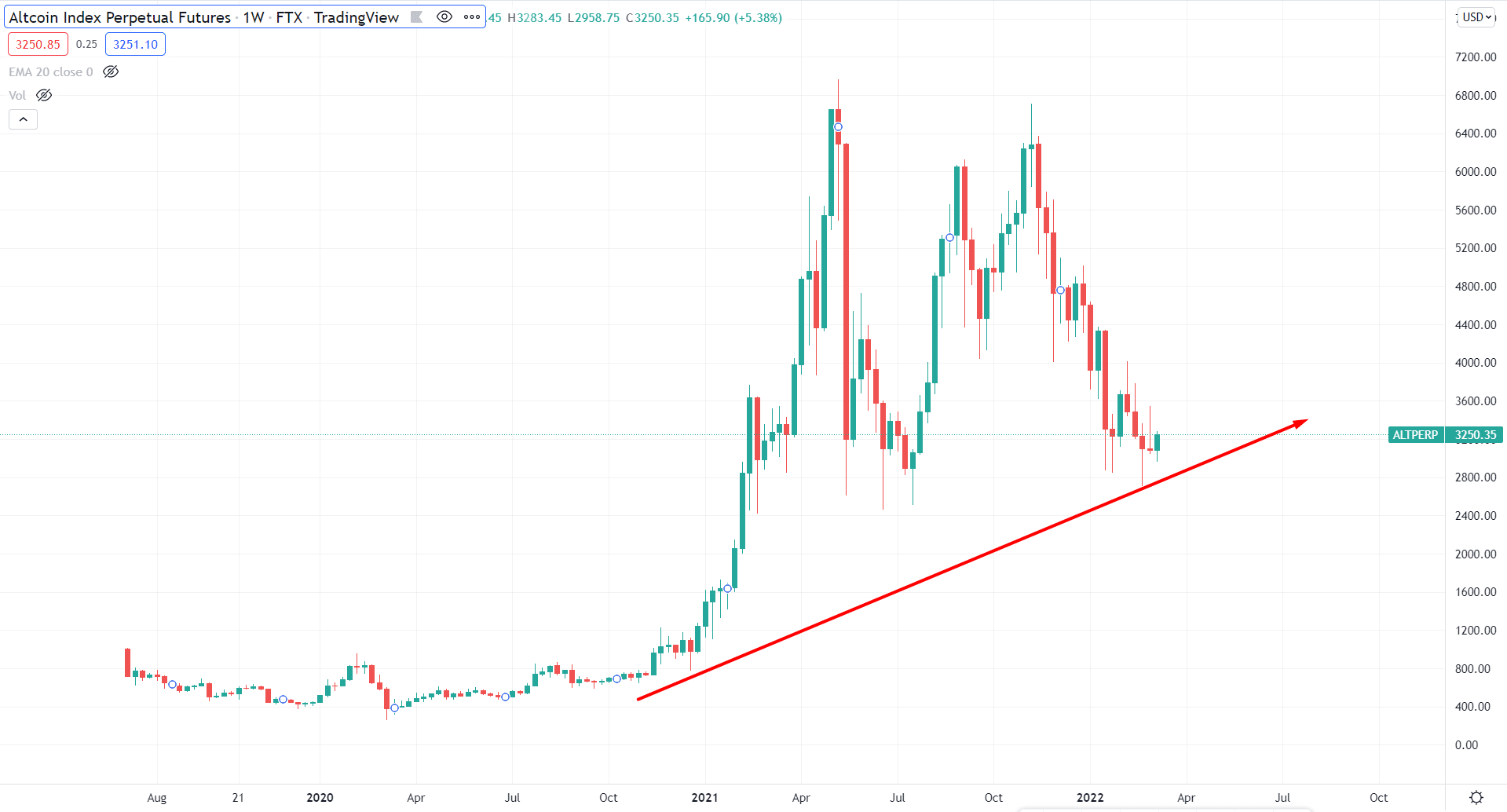
The above image shows the Altcoin index representing Altcoin’s presence besides the Large-cap crypto. The increase in value means altcoins have a higher market share by making the market more competitive.
Final thought
These are the top relative factors that influence the price of cryptocurrencies. Knowing these core principles makes it easier to determine more potential crypto projects. Suppose anyone can evaluate the demand for any crypto coin will increase in the future, and the supply won’t keep up over a particular period. In that case, they can make an enormous amount of money by investing in those cryptocurrencies.
